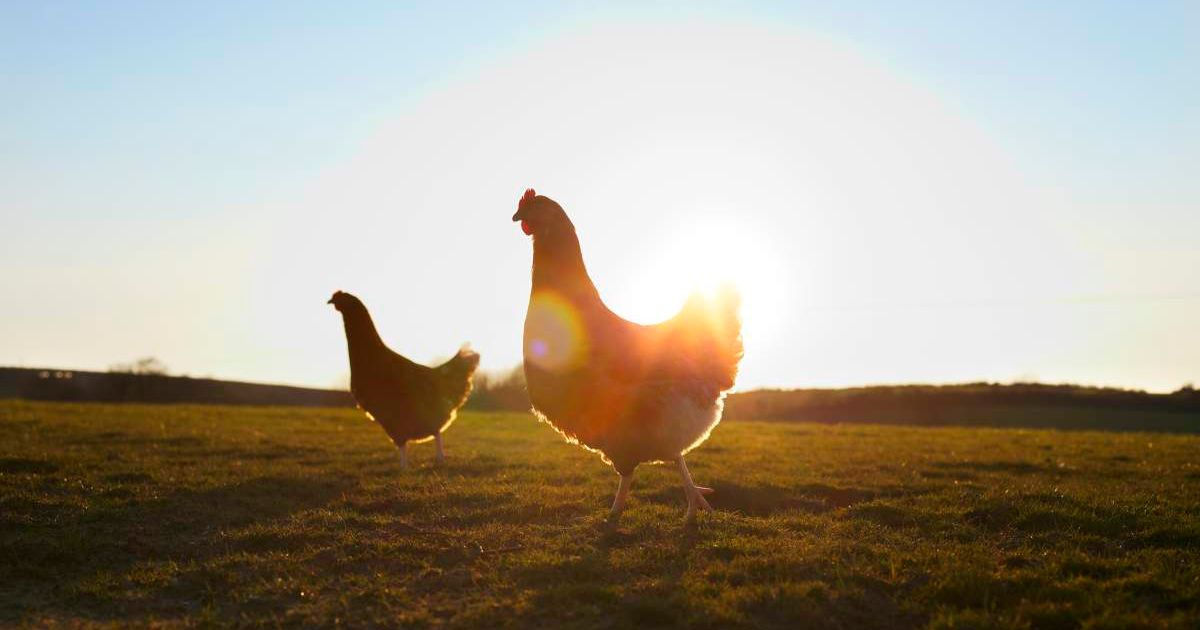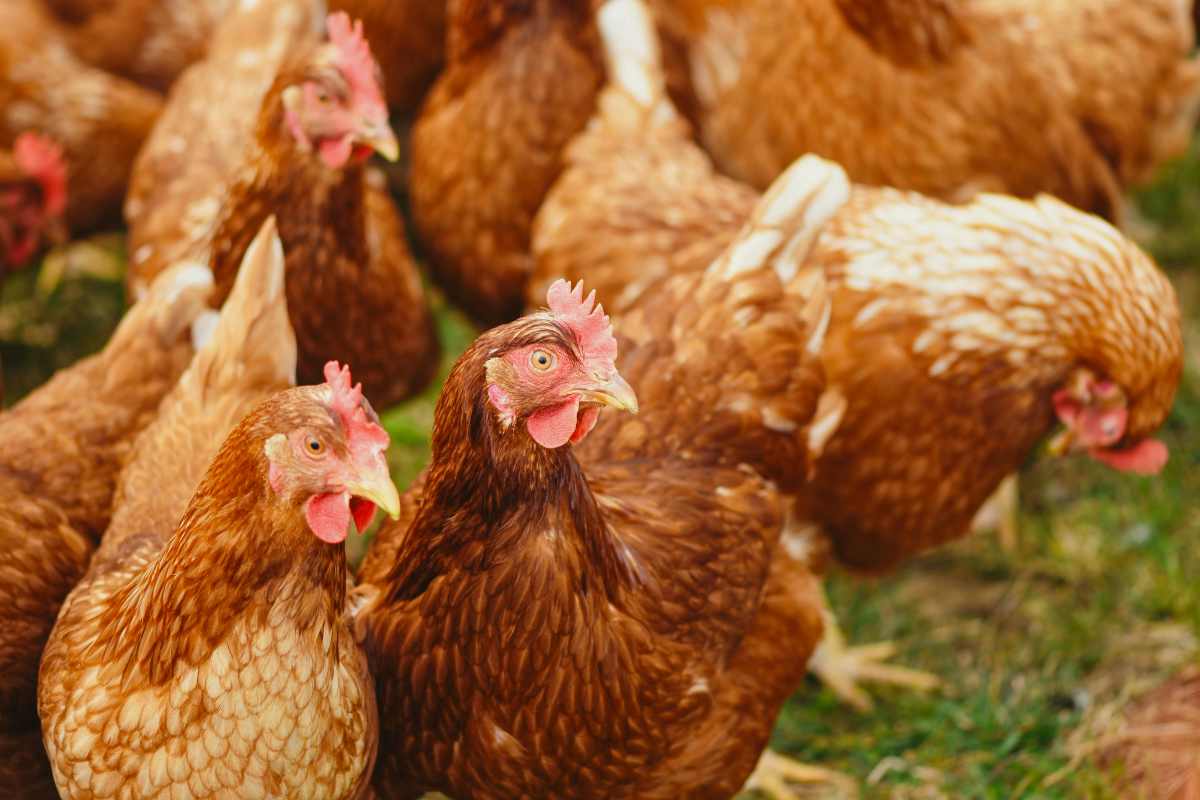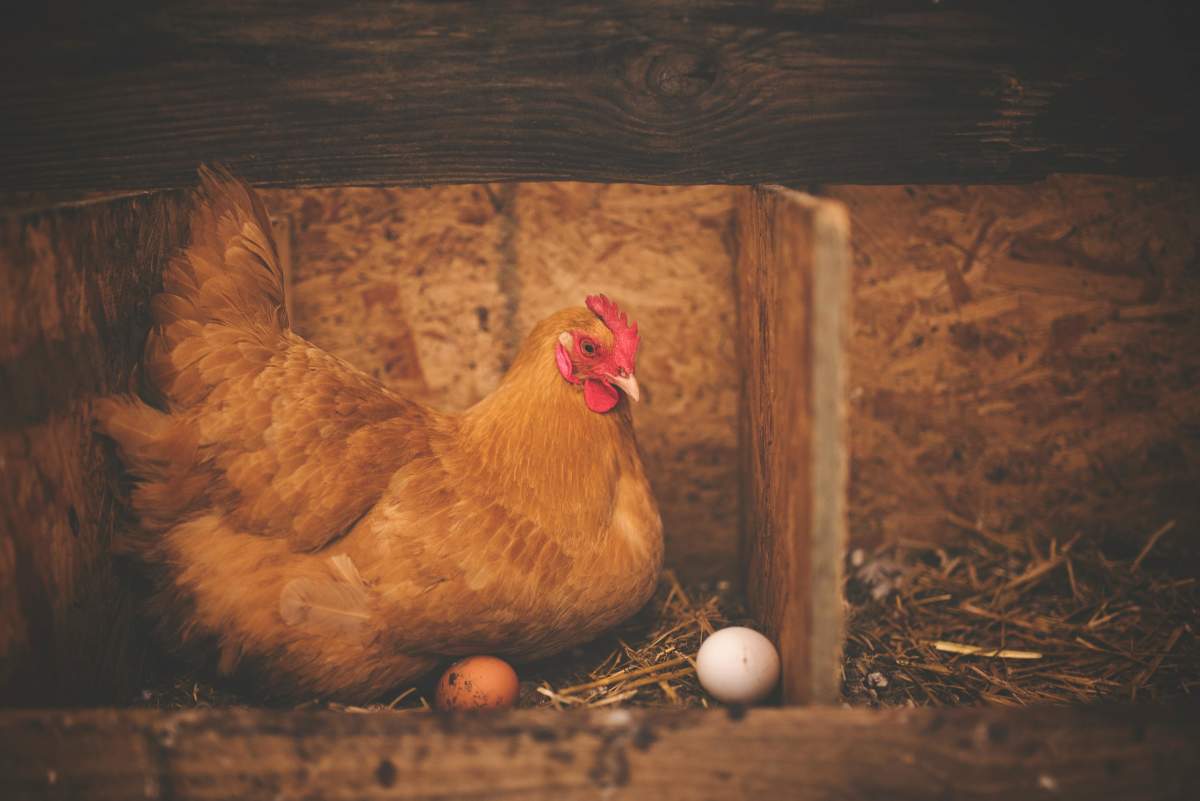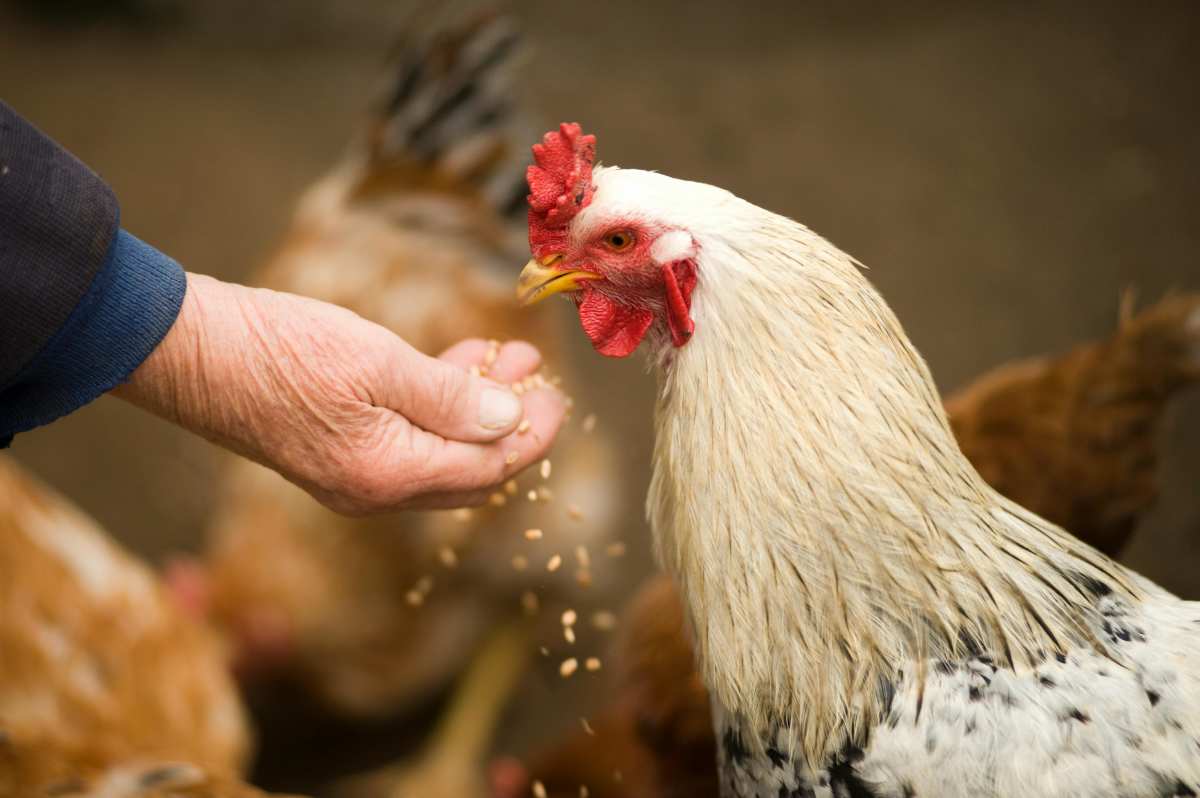Researchers showcase that humans' close contact with chickens happened in 1500 BC in Southeast Asia: study

The chicken in burgers is possibly a result of dry rice farming. It is what two studies published in Antiquity and Proceedings of the National Academy of Sciences (PNAS) seem to be proposing. Researchers claim that red jungle fowl, ancestors of modern chickens, came down from trees to land due to rice farming in Southeast Asia. After coming to land, they transformed from wild beings to domesticated chickens. Initially, they seemed to have been revered by humans, but slowly became a popular food of choice. The studies also challenge the previous assertion that chickens were bred as food for as long as 10,000 years, claiming that close contact with them was established in 1,500 BC.

Radiocarbon Dating of Chicken Bones
The team analyzed 23 ancient chicken remains from western Eurasia and north-west Africa, according to The Guardian. These chickens were chosen because they were the oldest of their kind in the aforementioned regions. For the first time, radiocarbon dating was conducted on these remains, and the outcome was far more recent than what experts previously believed. The results indicated that domesticated chickens from the tropical jungles of Southeast Asia arrived no earlier than 800 BC. After settling down in the Mediterranean region, it took 1,000 years for the chicken to spread into the regions of Iceland, Ireland, Scotland, and Scandinavia. This finding rejects the claim that chickens were present in Europe before the first millennium BC.

Chickens Outside Europe
To understand where exactly the oldest domesticated chickens first originated, researchers decided to re-examine ancient chicken remains from 600 sites spread across 89 countries. The oldest of the domesticated lot was found in Neolithic Ban Non Wat in central Thailand. Here, the domesticated chicken remains were dated between 1,650 BC and 1,250 BC. It again challenges the past assertion that chickens were first domesticated 10,000 years ago in China, India, or Southeast Asia, according to the University of Oxford. Researchers were also able to formulate a trajectory, and claimed that these domesticated chickens were first transported across Asia and then through the Mediterranean with routes used by maritime traders from early Greek, Phoenician, and Etruscan societies.
How did Chicken and Humans Come into Contact?
Through the examination, researchers found that dry rice farming and storage of cereals and rice experienced an uptick between 1,650 BC and 1,250 BC in Southeast Asia. Experts correlated the domestication of chickens and the advent of dry rice farming with each other. They asserted that the ancestors of modern chickens, the red jungle fowl, came down from their habitat in trees due to being attracted by dry rice. Their arrival led to a closer relationship between humans and these fowls, making the wild beings domesticated in the process. Initially, humans revered them; it was only much later that they became a source of food.

Evidence from the Iron Age suggests chickens were respected by human society. Some were buried with their hens and also their human owners. It was during the Roman period that they began to be treated as food options. "Eating chickens is so common that people think we have never not eaten them. Our evidence shows that our past relationship with chickens was far more complex, and that for centuries, chickens were celebrated and venerated," Professor Naomi Sykes, from the University of Exeter, shared.